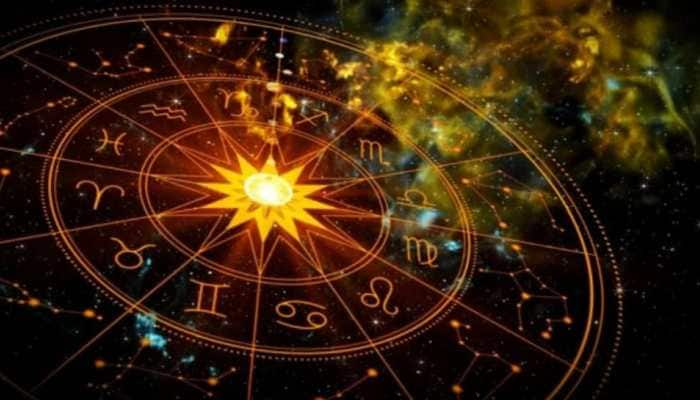Galaxy cluster not just governed solely by mass: Scientists
Galaxy clusters are the biggest celestial objects in the sky consisting of thousands of galaxies.
Trending Photos
)
London: An international team of researchers has found for the first time that the connection between a galaxy cluster and surrounding dark matter is not characterised solely by the mass of clusters but also by their formation history.
Galaxy clusters are the biggest celestial objects in the sky consisting of thousands of galaxies.
Their growth is a constant fight between the gathering of dark matter by gravity and the accelerated expansion of the universe due to dark energy.
By studying galaxy clusters, researchers can learn more about these biggest and most mysterious building blocks of the universe.
Led by Hironao Miyatake from NASA's Jet Propulsion Laboratory and Surhud More and Masahiro Takada of the Kavli Institute for the Physics and Mathematics, the team challenged the conventional idea that the connection between galaxy clusters and the surrounding dark matter environment is solely characterised by their mass.
Based on the nature of the non-uniform matter distribution established by cosmic inflation, it was theoretically predicted that other factors should affect the connection.
The team divided almost 9,000 galaxy clusters from the "Sloan Digital Sky Survey DR8" galaxy catalog into two samples based on the spatial distribution of galaxies inside each cluster.
By using gravitational lensing they confirmed the two samples have similar masses, but they found that the distribution of clusters was different.
The difference in distribution is a result of the different dark matter environment in which they form.
The findings show that the connection between a galaxy cluster and surrounding dark matter is not characterised solely by the mass of clusters, but also by their formation history.
"I am thrilled that we have finally found clear evidence of the connection between the internal structure of clusters and surrounding dark matter environment," Miyatake noted in a paper appeared in the journal Physical Review Letters.
"This is truly exciting finding! We can use the upcoming Subaru Hyper Suprime-Cam (HSC) data to further check and advance our understanding of the assembly history of galaxy clusters," Takada added.
Stay informed on all the latest news, real-time breaking news updates, and follow all the important headlines in india news and world News on Zee News.
Live Tv







)
)
)
)
)
)
)
)
)
)
